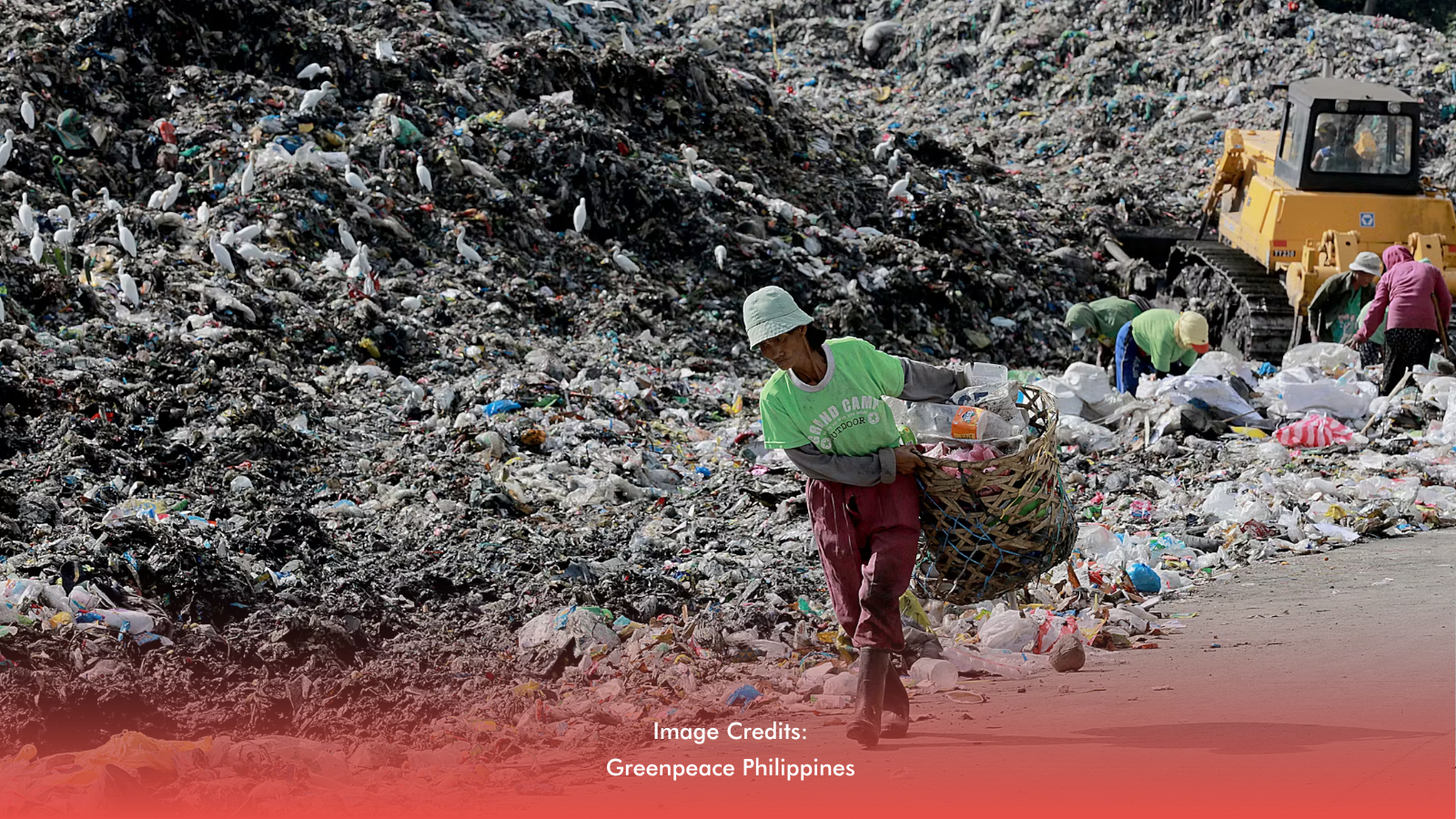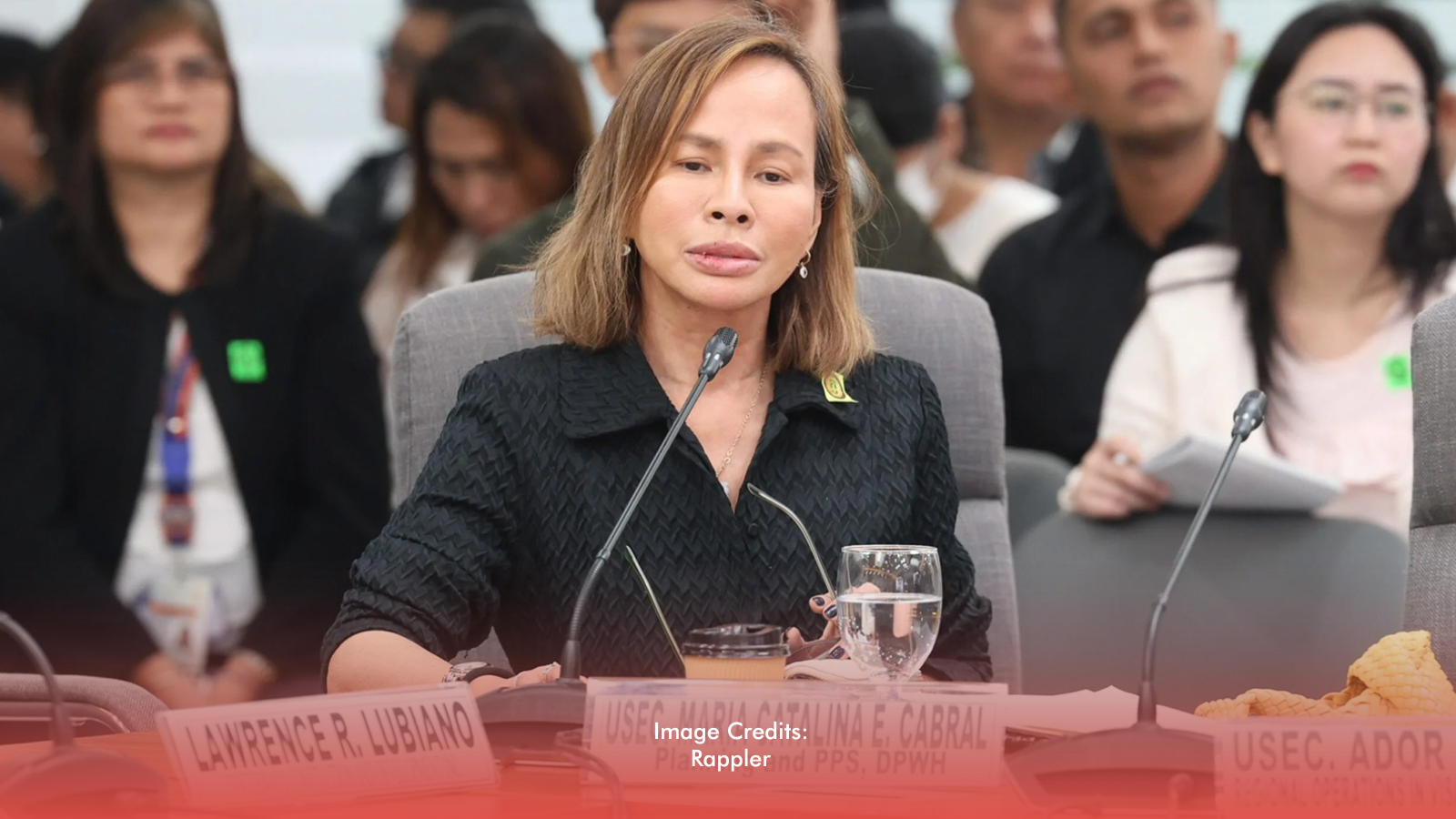The Philippines generated 269,552 tons of hazardous waste in 2024—a 13% increase from the previous year—highlighting growing pressure on the country’s waste management infrastructure.
Data from the Philippine Statistics Authority (PSA) revealed that while material recovery facilities (MRFs) increased by 8.7% to 12,855 and sanitary landfills rose to 343 (up 14.7%), illegal dumpsites surged by a staggering 84%. The number of unauthorized disposal areas grew from 43 in 2023 to 79 in 2024, pointing to insufficient or inaccessible disposal options.
Hazardous waste includes materials like used oil, toxic chemicals, and other industrial byproducts that pose risks to both human health and the environment.
Calabarzon Tops Toxic Waste Generators
Calabarzon emerged as the country’s top hazardous waste producer in 2024, accounting for 114,988 tons or 43% of the national total. This region—composed of Cavite, Laguna, Batangas, Rizal, and Quezon—is a major industrial and urban hub.
Used oil made up the largest share of hazardous waste at 89,752 tons (33.3%), followed by miscellaneous waste at 51,765 tons (19.2%) and inorganic chemical waste at 39,438 tons (14.6%).
Green Groups Call for Systemic Solutions
Environmental advocates are urging the government to make bold, long-term investments in waste infrastructure and policy reforms. Greenpeace Philippines campaigner Marian Ledesma blamed the country’s “take-make-waste” economic model, which relies on disposable products and hazardous materials.
“We need to rethink how products are made, used, and disposed of,” Ledesma said. She called for a phaseout of single-use plastics, regulation of toxic chemicals, and stricter enforcement of waste segregation.
“Expanding infrastructure is essential, but it’s not enough. We must stop waste at the source to protect public health and the environment,” she added.








